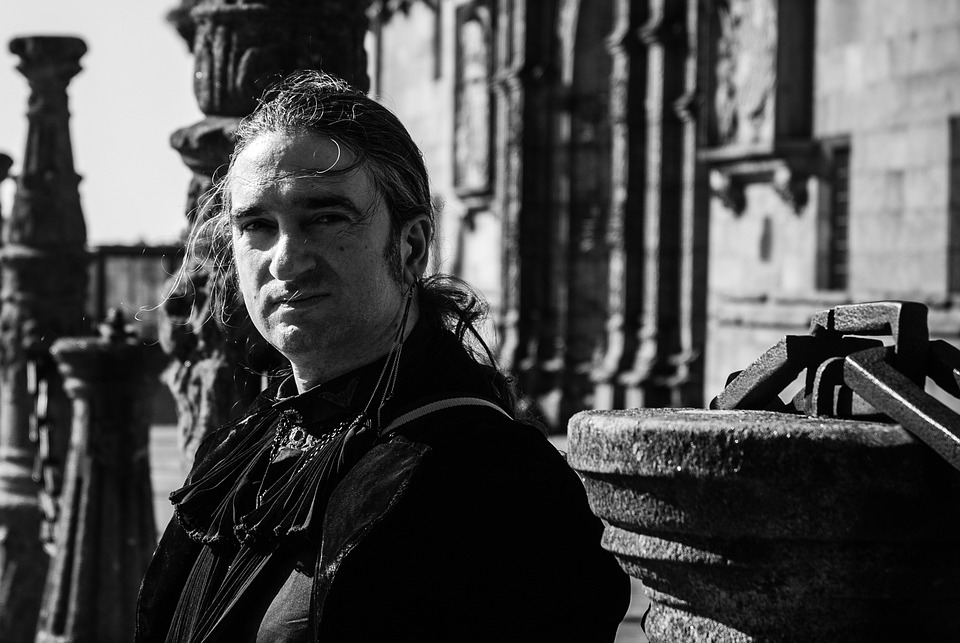Introduction
Valencia, located on the eastern coast of Spain, is a city with a rich history and a vibrant present. From its Roman roots to its present-day futuristic architecture, Valencia is a city that seamlessly combines its cultural heritage with modern innovation. Let’s delve into the enduring legacy of this remarkable city.
Ancient Roman History
Valencia’s history can be traced back to its Roman origins. Originally known as Valentia Edetanorum, the city was founded in the second century BC by the Romans. Evidence of this ancient civilization can still be found in the old town of Valencia, where remnants of Roman walls and ruins can be explored. The Roman Forum, an open square that served as the center of political, social, and commercial activities during that time, is a testament to the city’s fascinating past.
The Magnificent Valencia Cathedral
The Valencia Cathedral, also known as Saint Mary’s Cathedral, is an iconic landmark that showcases a blend of architectural styles from various periods. Constructed between the 13th and 15th centuries, this majestic cathedral features Gothic, Romanesque, Baroque, and Renaissance elements. The breathtaking Miguelete Tower, offering stunning panoramic views of the city, is another highlight of this religious masterpiece.
The Splendor of the Silk Exchange
The Silk Exchange, or Lonja de la Seda, is a UNESCO World Heritage site that exemplifies Valencia’s flourishing trade in the medieval era. Built in the 15th century, this grand Gothic building was once a bustling center for silk trading. Its intricately carved stone columns, magnificent hall, and ornate details make it a must-visit attraction for history enthusiasts.
The Modernist Extravaganza of La Ciudad de las Artes y las Ciencias
No exploration of Valencia’s architectural wonders would be complete without a visit to the City of Arts and Sciences. This futuristic complex, designed by renowned architect Santiago Calatrava, is a striking ensemble of modernist structures. The complex includes the visually impressive Opera House, Science Museum, Oceanographic Park, and Hemisfèric, an Imax cinema. The combination of sleek lines, glass facades, and innovative design creates a truly awe-inspiring experience.
The Vibrant Fallas Festival
Valencia is known for its lively festivals, with the most famous one being Las Fallas. This annual event takes place in March and is a celebration of Valencia’s artistic and cultural heritage. The festival is characterized by the construction of impressive giant papier-mâché sculptures, called fallas, which are displayed throughout the city streets. The festivities culminate in a mesmerizing grand finale where these sculptures are spectacularly set ablaze in a culmination of fireworks and music.
FAQs
Q: When is the best time to visit Valencia?
A: Valencia enjoys a Mediterranean climate, making it pleasant to visit year-round. However, the spring and fall seasons offer mild temperatures and fewer tourists, making them ideal for exploring the city.
Q: What are some other attractions in Valencia?
A: In addition to the mentioned landmarks, other prominent attractions in Valencia include the Central Market, Turia Gardens, Bioparc Valencia, and the lively beachfront promenade.
Q: Is Valencia a family-friendly destination?
A: Absolutely! Valencia offers plenty of family-friendly activities and attractions, such as the Oceanographic Park, Bioparc Valencia, and the Gulliver Park.
Q: How can one experience Valencia’s culinary delights?
A: Valencia is renowned for its delicious cuisine, particularly its famous dish, paella. Visitors can savor this traditional rice-based delicacy in numerous local restaurants, allowing them to experience the city’s culinary heritage firsthand.

